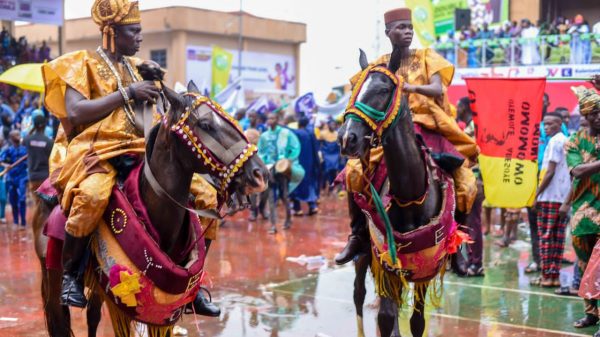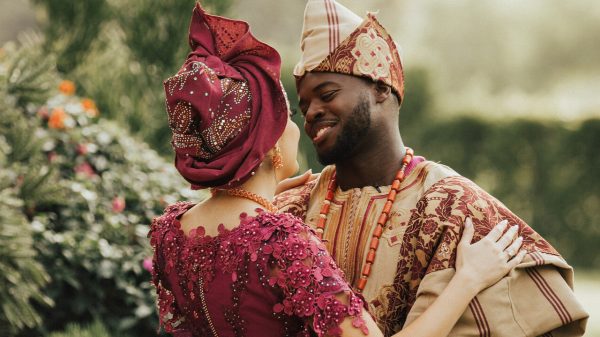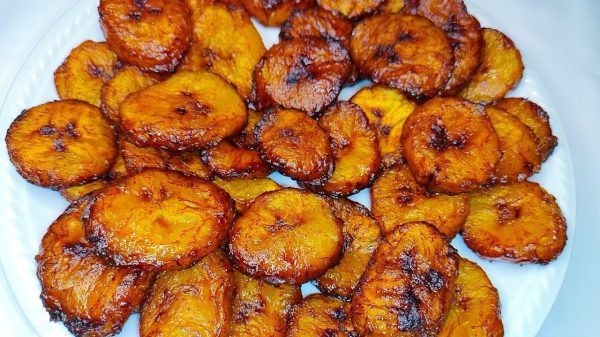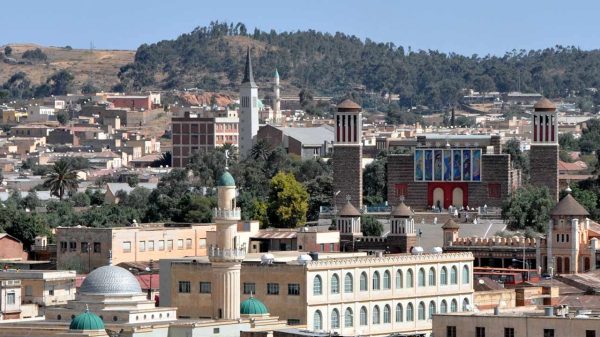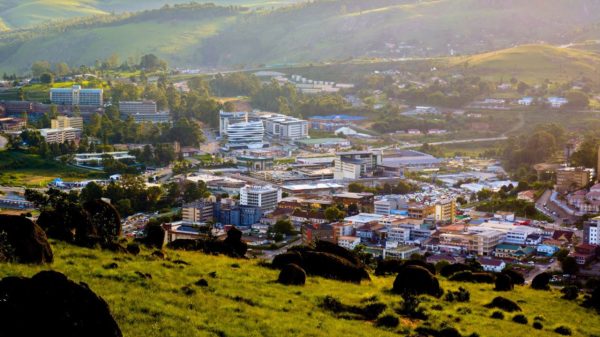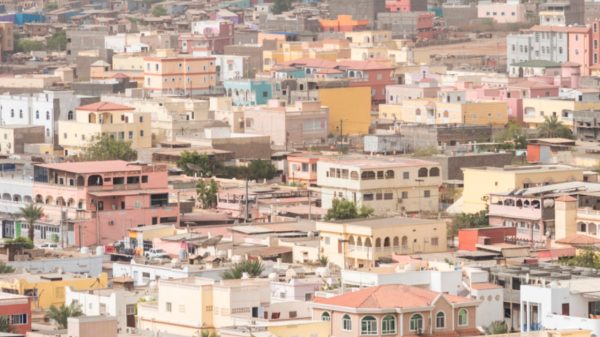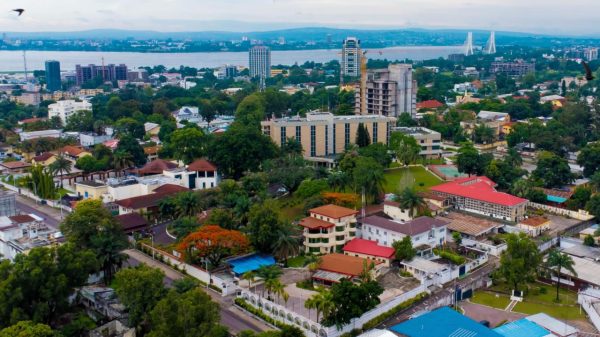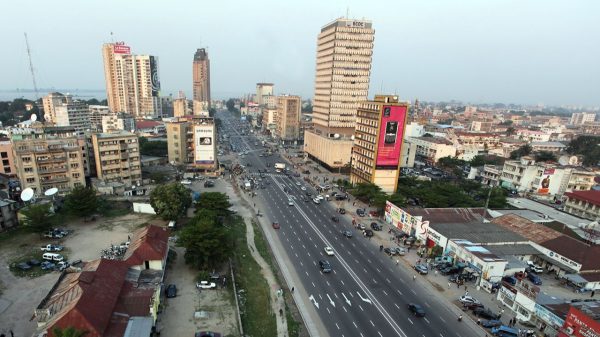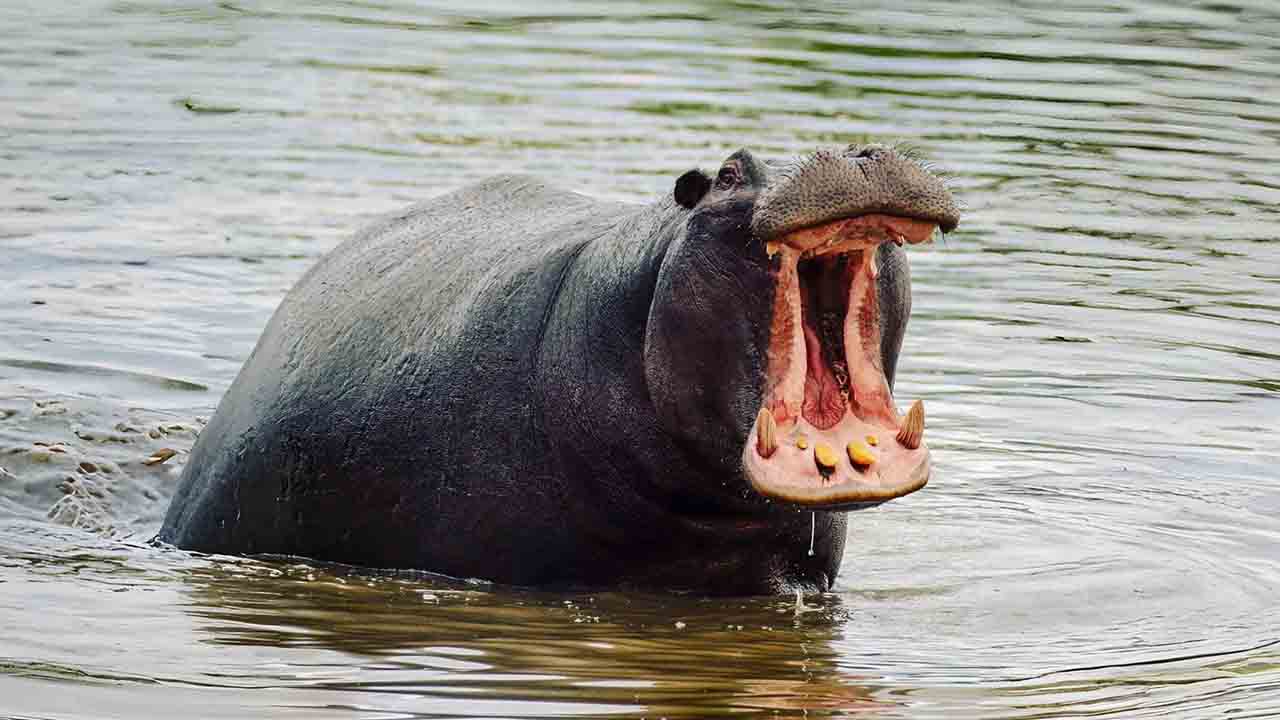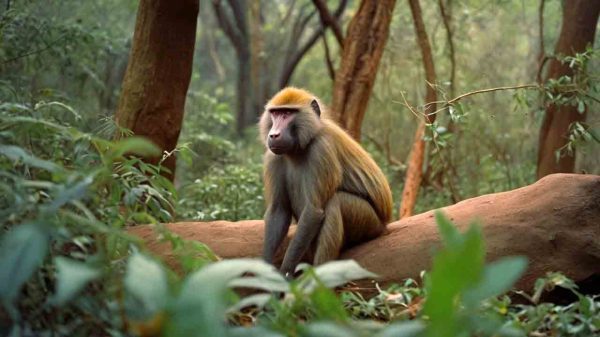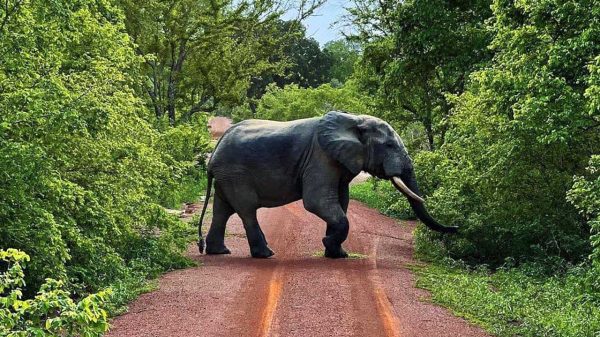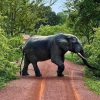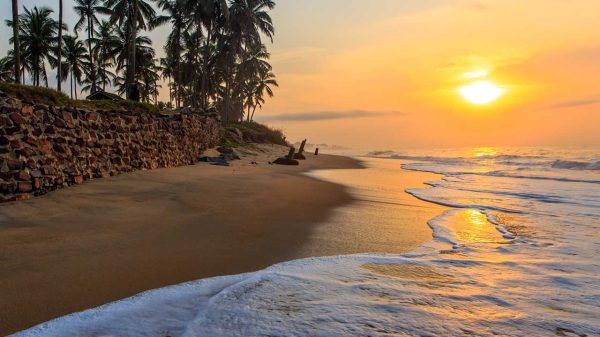Bui National Park is one of Ghana’s hidden gems, full of incredible wildlife, stunning landscapes, and a rich history.
If you enjoy nature, animals, or discovering new places, this park has something fascinating to offer. Let’s dive into seven interesting facts about Bui National Park, explained in a way that makes you feel like you’re right there, exploring it with me!
1. Bui National Park is Home to Ghana’s Second-Largest Hippo Population
One of the coolest things about Bui National Park is that it has one of the largest populations of hippopotamuses in Ghana. These massive, water-loving animals spend most of their day chilling in the Black Volta River, which runs through the park.
Imagine a group of hippos, each weighing as much as a small car, bobbing up and down in the water, sometimes opening their huge mouths wide. Despite their funny, lazy appearance, hippos are actually one of the most dangerous animals in Africa! But don’t worry—if you visit with a guide, you can safely watch them from a distance and learn more about their fascinating behavior.
2. The Black Volta River Divides the Park Into Two Regions
Bui National Park isn’t just one big stretch of land—it’s split in half by the Black Volta River. One side is in the Bono Region, while the other is in the Savannah Region of Ghana. This river doesn’t just divide the park; it also provides water for the animals and helps make the park’s landscape even more beautiful.
The Black Volta is also an important resource for local communities. Fishermen rely on it for their catch, and visitors can take boat rides to explore different parts of the park. If you love adventure, this river is a must-see part of Bui National Park.
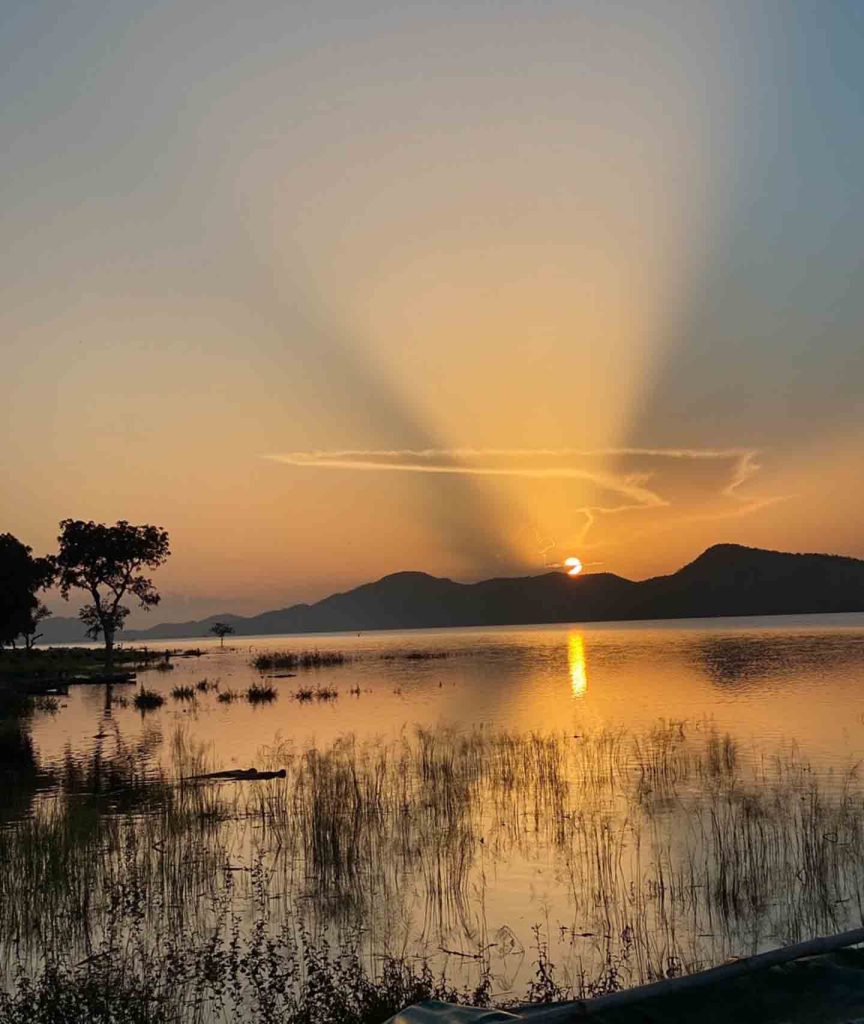
3. The Park Covers a Huge Area—Bigger Than Some Cities!
Bui National Park is 1,821 square kilometers in size. To put that in perspective, that’s bigger than the entire city of Accra! Imagine miles and miles of savanna, trees, rivers, and wildlife—it’s like stepping into an untouched world of nature.
Here’s a quick comparison:
| Location | Size (km²) |
|---|---|
| Bui National Park | 1,821 |
| Accra (Ghana’s Capital) | 225 |
| New York City | 783 |
That’s a lot of space for animals to roam, and it makes Bui a fantastic place to explore if you love nature.
4. It’s a Bird-Watcher’s Paradise
If you love birds or even just enjoy spotting colorful animals, Bui National Park is a dream come true. It’s recognized as an Important Bird and Biodiversity Area (IBA) because it has so many different bird species. Some of the birds you might see include:
- Violet turacos (brightly colored with red and green feathers)
- Red-throated bee-eaters (small birds with stunning red, green, and blue shades)
- Senegal parrots (cheerful, green parrots with yellow bellies)
- Yellow-billed shrikes (small birds with sharp beaks and a mix of brown and yellow colors)
Bird lovers from all over the world visit Bui National Park just to see these unique species in their natural habitat.
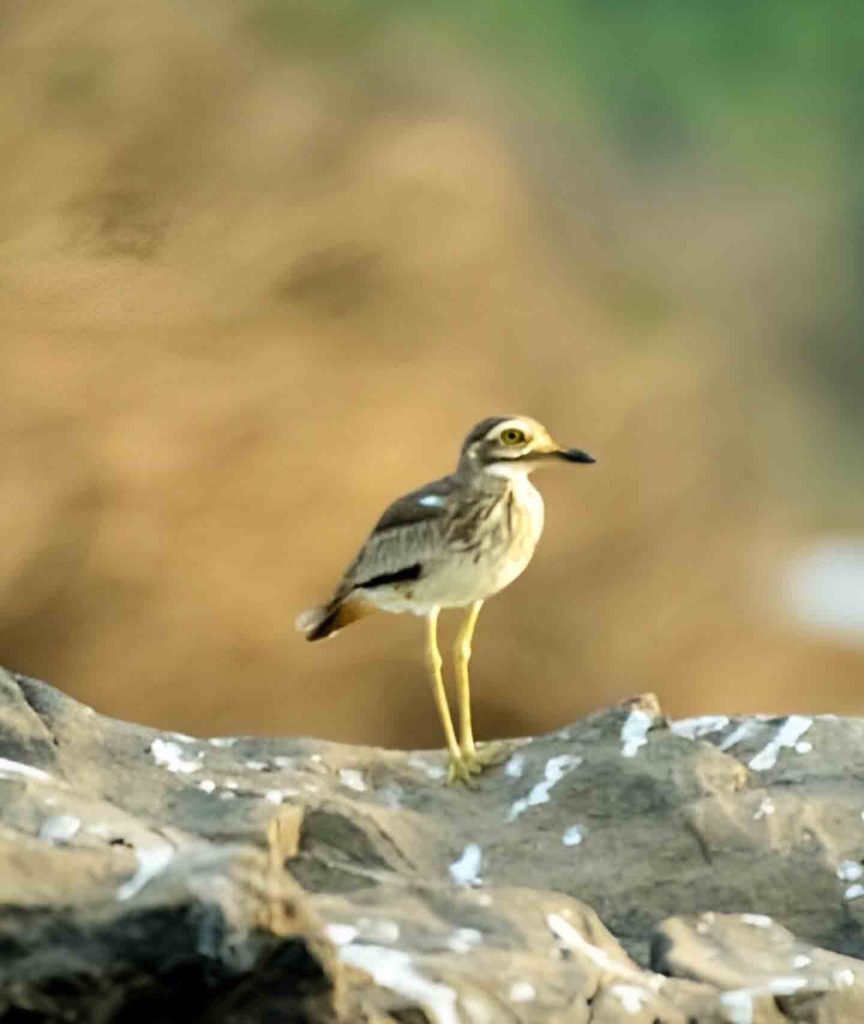
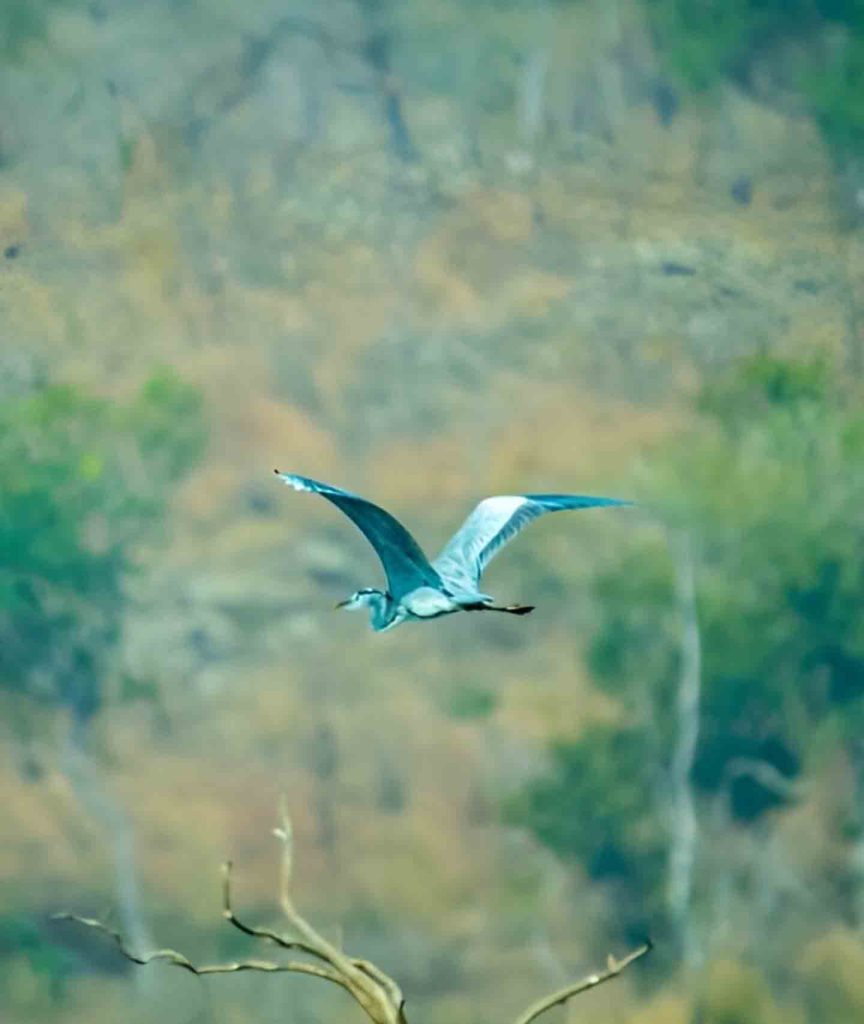
5. Bui National Park is Home to Rare Monkeys and Antelopes
Apart from hippos and birds, the park is also home to some pretty rare animals. One of the most special is the ursine colobus monkey, a type of black-and-white monkey that is endangered. These monkeys spend most of their time in trees, swinging from branch to branch, so spotting one is always exciting.
You’ll also find different types of antelopes gracefully moving through the savanna. Imagine a deer-like animal with long, curved horns quietly grazing in the grass—these are the types of peaceful moments you can experience at Bui National Park.
6. The Bui Dam Changed the Landscape of the Park
From 2007 to 2013, Ghana built the Bui Dam, a large hydroelectric dam on the Black Volta River. While the dam helped provide electricity for many Ghanaians, it also changed part of the park’s landscape.
Some areas of Bui National Park were flooded to create a reservoir for the dam. This means that some animal habitats were affected, but it also created new opportunities for water-based activities like boat tours.
If you visit, you might see parts of the reservoir where land once existed, now covered in deep blue water, adding a new dimension to the park’s scenery.
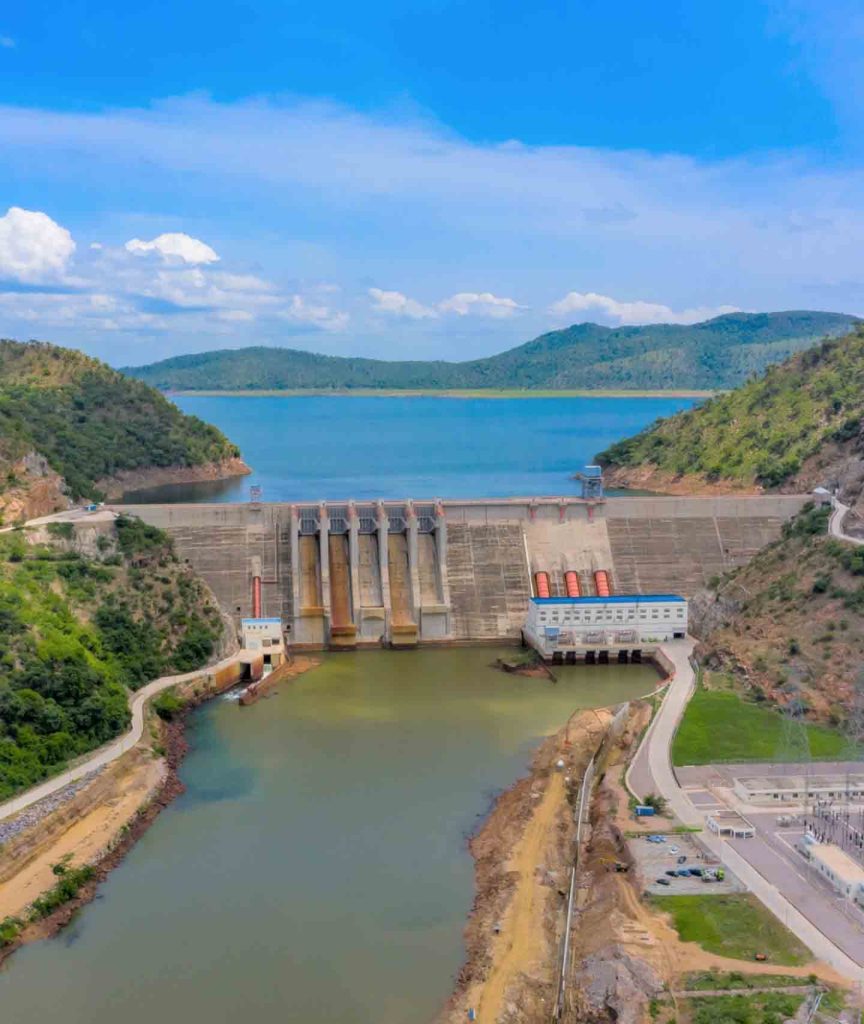
7. The Park Shares a Border with Ivory Coast
Did you know that Bui National Park is right next to another country? The western part of the park borders Ivory Coast, making it an interesting location for international conservation efforts.
This means that some of the animals in Bui National Park don’t just stay in Ghana—they move between Ghana and Ivory Coast, crossing the border freely. Scientists and conservationists work together across both countries to protect these animals and their habitats.
Why You Should Visit Bui National Park
Bui National Park is an amazing place where you can experience wildlife, adventure, and beautiful landscapes all in one trip. Whether you want to see hippos in the Black Volta, hear the songs of rare birds, or just enjoy the peacefulness of nature, this park is a perfect getaway.
If you ever get the chance, grab a camera, take a boat ride, and explore Ghana by visiting one of its most fascinating national parks. You never know what incredible sights you’ll come across!
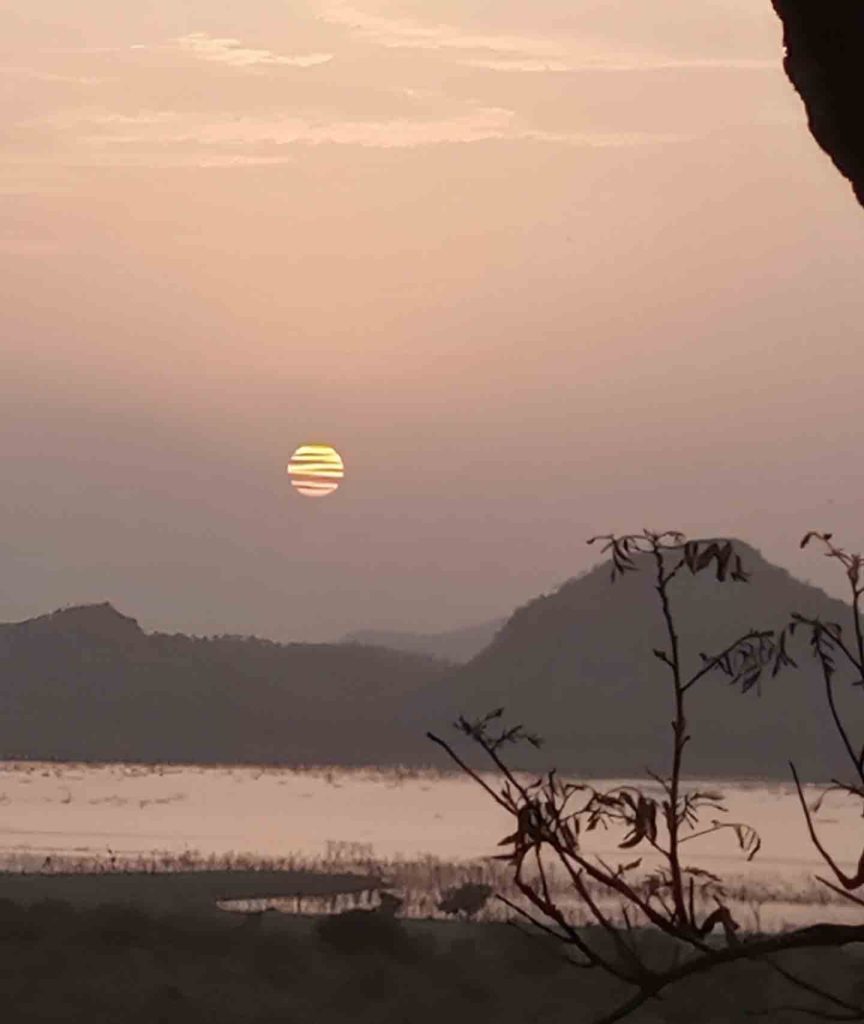
Subscribe to our Newsletter
Stay updated with the latest trends in African Pop Culture!



